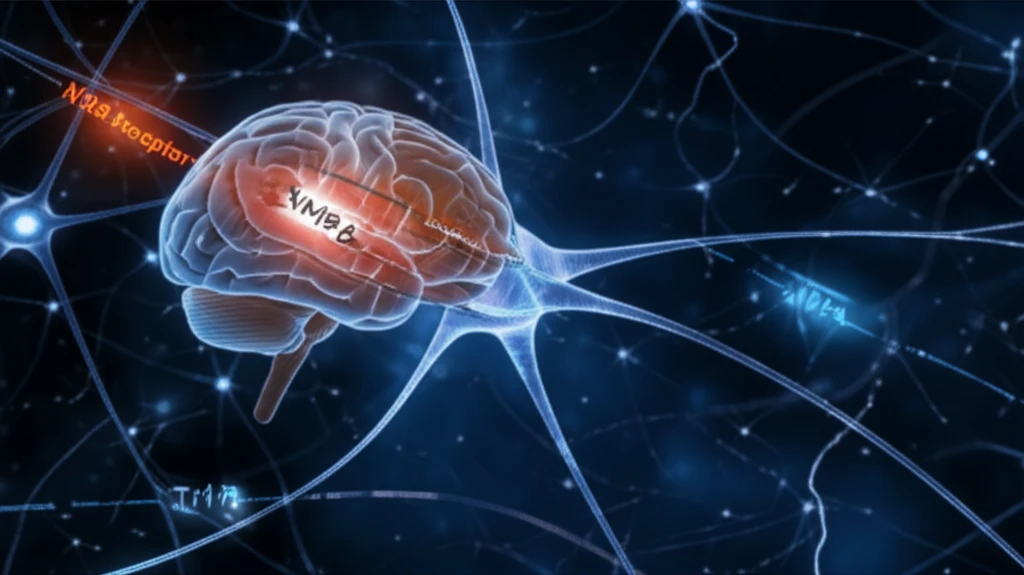
Unlocking Brain Power: How BDNF and TrkB Impact Learning and Memory
"New research reveals the intricate dance between brain-derived neurotrophic factor (BDNF) and its receptor, TrkB, offering insights into enhancing cognitive function and treating neurological disorders. Explore how these molecules influence the NMDA receptor, a key player in memory formation."
Brain-derived neurotrophic factor (BDNF) is like a super fertilizer for your brain. It plays several roles in neuronal differentiation and cellular function. It works by activating a high-affinity receptor tyrosine kinase, known as TrkB. Think of TrkB as the lock that BDNF's key fits into, starting a cascade of events that influence how our brain cells develop and operate.
Both BDNF and TrkB are known to be very crucial in processes related to learning and memory. But the specifics of how TrkB interacts with and modulates signals from receptors like the NMDA receptor (NMDAR) haven't been clearly understood so far. NMDARs are critical for excitatory signals in the brain, which stimulate activity.
New research has been exploring the role of a signaling molecule called RasGrf1. RasGrf1 is a guanine nucleotide exchange factor, which means it helps to activate both Ras and Rac proteins in the brain. Previous studies identified RasGrf1 as a Trk binding partner that facilitates neurite outgrowth. RasGrf1 also binds to the NR2B subunit of the NMDAR and stimulates long-term depression (LTD).
The Dual Action of TrkB on NMDA Receptor Signaling: Uncoupling LTD and Stimulating Growth

Scientists are addressing a model where TrkB helps in learning and memory via two main processes. First, TrkB uncouples RasGrf1 from NR2B, which reduces NMDA signaling that is typically associated with LTD. Second, TrkB enhances neurite outgrowth and pERK activation by recruiting RasGrf1, boosting the signaling pathways related to learning and memory.
- Uncoupling LTD: TrkB activation disrupts the RasGrf1-NR2B complex, reducing NMDA signaling associated with long-term depression (LTD). This process involves the p38-MAPK pathway, which is typically activated during LTD. By uncoupling RasGrf1 from NR2B, TrkB helps to dampen this pathway, shifting the balance away from LTD.
- Enhancing Neuronal Growth: TrkB recruits RasGrf1, which then promotes neurite outgrowth and activates the pERK pathway. This is crucial for learning and memory.
- Tyrosine Phosphorylation: Activation of TrkB stimulates the tyrosine phosphorylation of RasGrf1, further enhancing neurite outgrowth. The phosphorylation of NR2B (Tyr1472) also increases, which helps retain NMDARs on the cell surface, improving their function.
Implications for Future Therapies
Understanding the details of how TrkB changes NMDA signaling has broad implications for treating neurological disorders. By targeting these pathways, scientists may find new ways to improve cognitive functions, treat depression, and even promote recovery after brain injuries. The dual mechanism of TrkB offers a promising path for creating therapies that can fine-tune brain plasticity, promoting resilience and enhancing learning and memory.
